The long-rumored Apple Glass smartglasses may actually reach consumers' faces in late 2027, Ming-Chi Kuo claims.
As a concept, Apple Glass has featured heavily in rumors. Smart glasses taking multiple forms is a hot favorite to come out of Cupertino at some point in the future.
In a Monday TF Securities analyst Ming-Chi Kuo recaps and offers new forecasts on Apple's smart glasses endeavors.
Ray-Ban style
Apple's first smart glasses are generally thought to be simpler than first imagined. Rather than the long-standing dream of augmented reality in spectacle form, the rumor mill thinks it will be a decidedly non-visual experience.
Kuo says that the Ray-Ban-like smart glasses will have no display functionality, but will include audio playback and video recording. This is pretty close in concept to the existing Meta Ray-Ban partnership, which basically placed a camera on some frames.
Controlling it will be managed via voice recognition as well as gestures, taking advantage of the cameras.
Those cameras will also be handy, in that it will provide AI environmental sensing, according to Kuo. This concept has been raised before, including in AirPods cameras, to allow Apple's artificial intelligence a view of the world to answer queries better.
He says Apple will offer it with multiple frames and in multiple materials, though he stops short of explaining what they could be.
Kuo says that the Ray-Ban-like smart glasses will start mass production in the second quarter of 2027, with projected shipments of three to five million or more in 2027.
He does expect that Apple's launches will increase the market for headsets and smart glasses. But he also notes that multiple brands are expected to release headsets sooner.
The timing of the launch is a little later than currently believed. In May, an Apple employee reportedly said that a simplified Apple Glass, in this vein, would arrive in late 2026, possibly early 2027.
The real thing
The second eyewear that Kuo mentions is "XR Glasses," which seems to tally with the original full-fat concept of smart glasses. In this case, Kuo says mass production is scheduled to start in the second half of 2028.
The glasses themselves will have a Liquid Crystal on Silicon (LCOS) display with a waveguide, allowing for it to be a full-color display. Kuo doesn't go into detail, but does say that voice control and gesture recognition would come into play here too.
Kuo also warns that AI functionality will be "critical" to the success of the model.
Apple is also apparently confident in the XR Glasses, enough to have a second variant in development. However, that model has a later production timeline and "lower visibility" according to the analyst.
Possibly back from the dead
The third smart glasses mentioned by Kuo is the least discussed, and is referred to simply as "Display Accessory." Based on the description, it matches a version of Apple Glass that relies on being tethered to a host device for processing.
A product that, in January, was thought to have been killed off.
According to Kuo, the project wasn't killed, but was instead paused in the fourth quarter of 2024. The status of the project is unknown, as it is apparently under review for repositioning in the market, but a restart of the project is entirely plausible.
The idea of the glasses is for it to be effectively a tethered display, connected to a Mac or an iPhone. The display consists of "birdbath optics" with electrochromic dimming, combining semi-transparent lenses and mirrors to reflect images into the user's eye.
According to Kuo, the reason for the pause was due to it not being competitive enough. In one highlighted detail, Kuo said the glasses weighed about 120g to 130g, against competing rivals weighing under 100g.
Ming-Chi Kuo has a good track record when it comes to Apple leaks and rumors, as well as forecasting its future moves. The details provided today go along the same lines of previous reports to an extent, making the analyst's claims seem quite genuine.
 Malcolm Owen
Malcolm Owen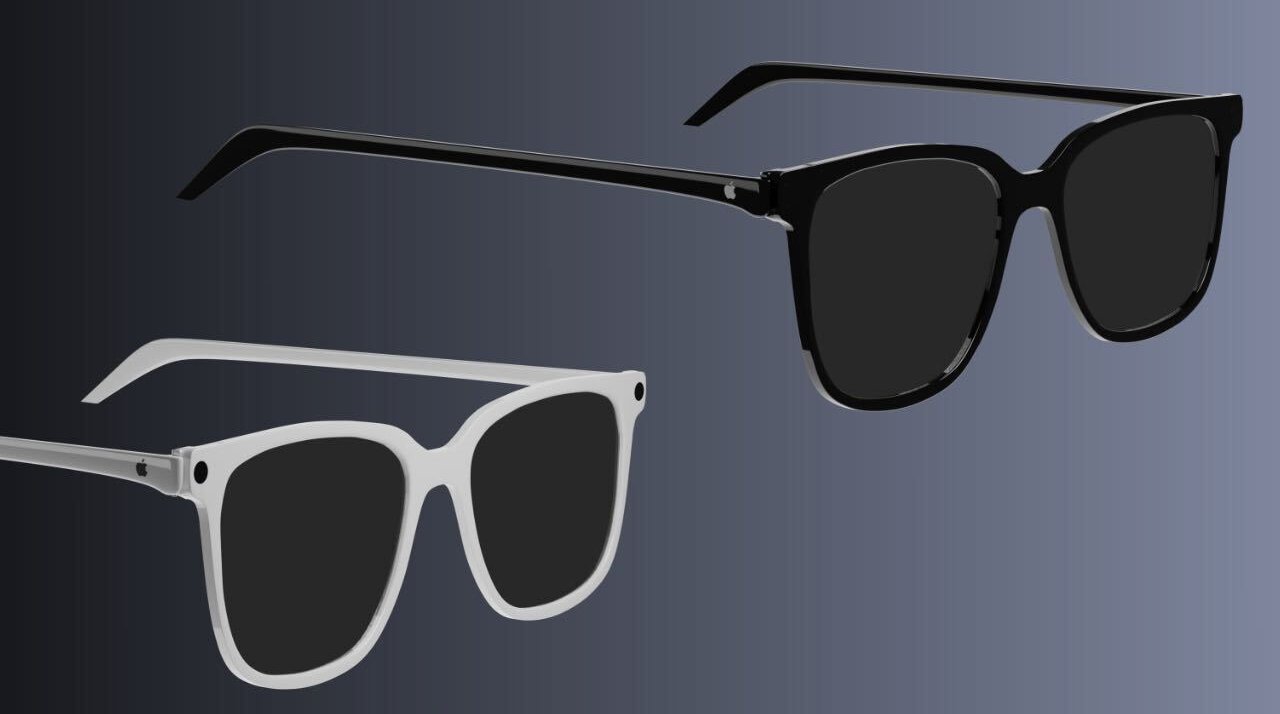
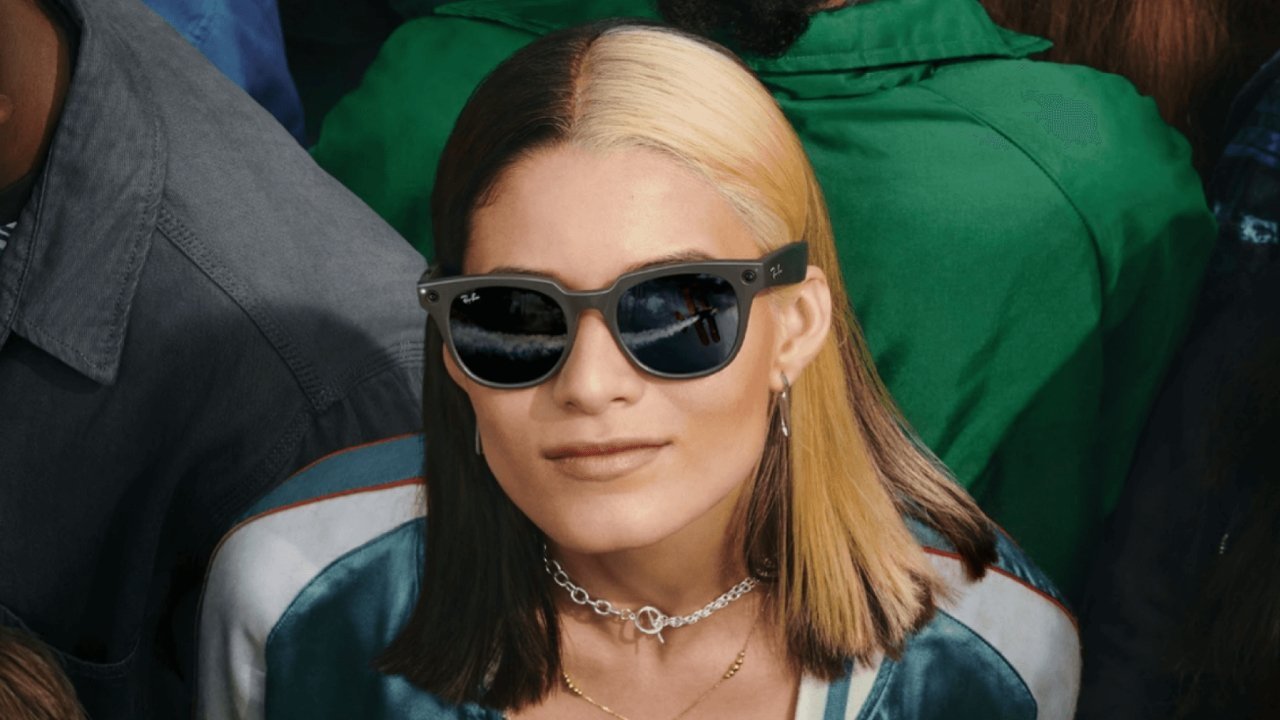

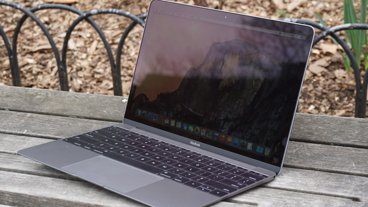

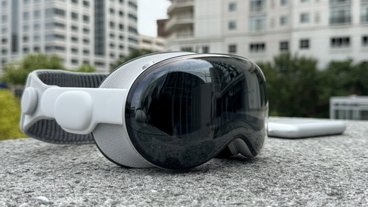
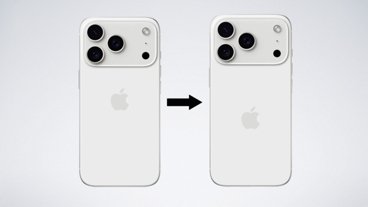

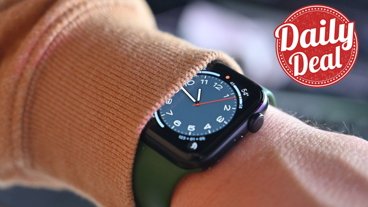



 William Gallagher
William Gallagher
 Christine McKee
Christine McKee
 Andrew Orr
Andrew Orr
 Andrew O'Hara
Andrew O'Hara

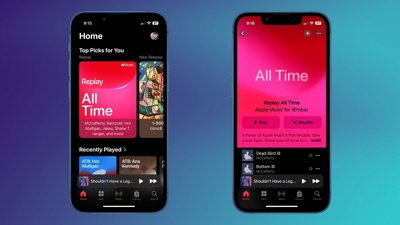
 Amber Neely
Amber Neely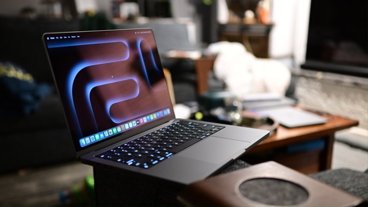

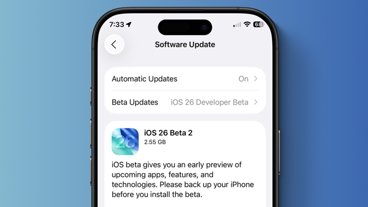
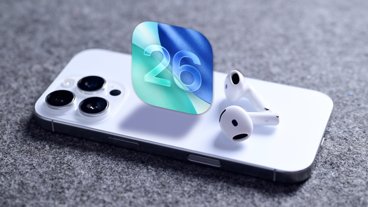
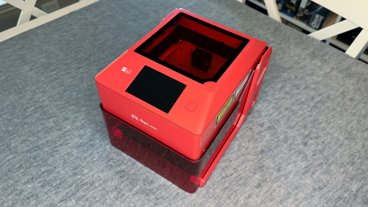
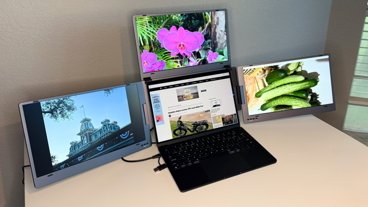
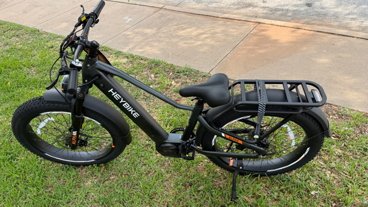

1 Comment
This is believable. More than enough time. And Apple Silicon will be 2nm by then.